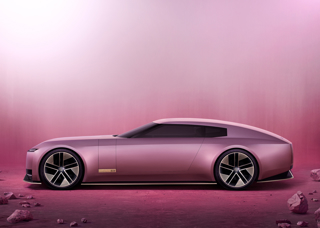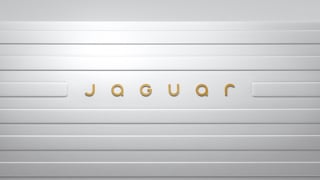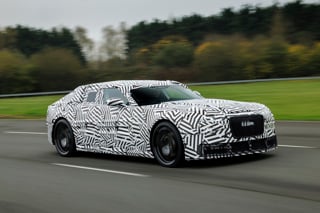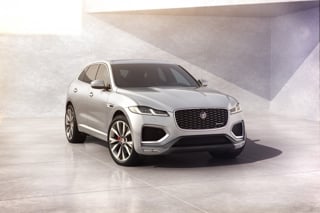Jaguar is planning a dramatic drive back to the compact executive car sector with a new compact model.
Two years after killing off the X-type, the revitalised sportscar manufacturer has given the go-ahead to a fresh D-segment model to intensify competition with German premium brands.
“We want to be gunning for the A4 and the 3 Series and are trying again at what Ford failed to do when it owned the company. Our aim is to build a D-segment car that is authentic in technology and design – and I can tell you that our design team is now working on this project avidly,” said Jaguar Cars global brand director Adrian Hallmark.
Speaking at a media briefing on the revised XF range to be launched in September, he told Fleet News: “In its latest guise and with the addition of 2.2-litre diesel power, the XF is a humdinger of a fleet car that puts us in a very strong position against Audi and BMW.
“But it is too large and too expensive to be profitable in a lower price segment, so we’ll build a new D-segment car. It is at least four years away but we already have some ideas. No-one wants yet another premium car because the established competition is already pretty good.
“We are not aiming to compete against vehicles in today’s market – our job is to build something to compete in five years’ time. It’s an exciting challenge because whatever we do has to add something to a segment that’s subject to fragmentation and has to be true to Jaguar.”
Hallmark also confirmed that Jaguar would be offering hybrid models in the next two years. “We have still to decide whether the XF or XJ will be first with this technology – or if it will be linked with petrol or diesel power - but hybrid is important and we’re testing every combination.
“We will probably use the same powertrain for both models and share technology with Range Rover. All JLR research is under one roof, of course, so the cost of hybridisation will be amortised across both brands,” he said.
Hallmark also said that an estate version of the XF had not been confirmed. “There’s a market for this version in the UK, Germany and Italy, but global demand is insufficient, especially at this stage in the life of the model. We’ve not given up on it, but this version may have to wait until the replacement range comes along,” he said.


















Login to comment
Comments
No comments have been made yet.